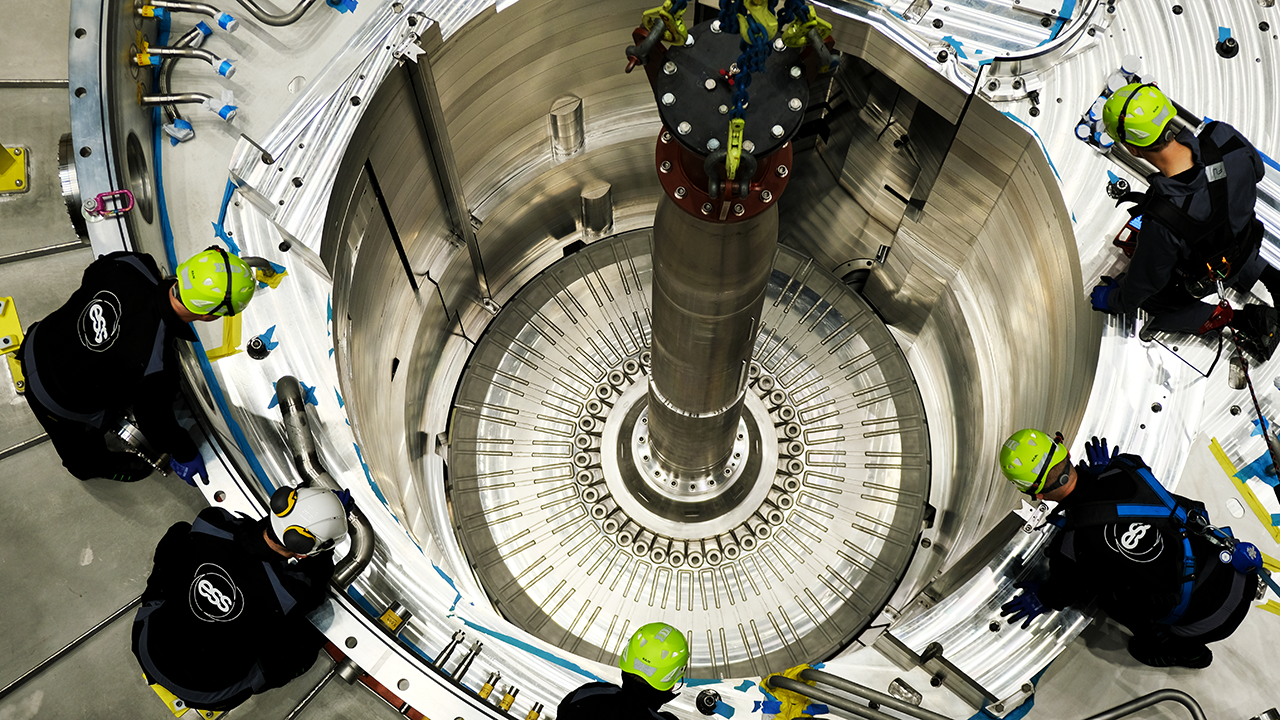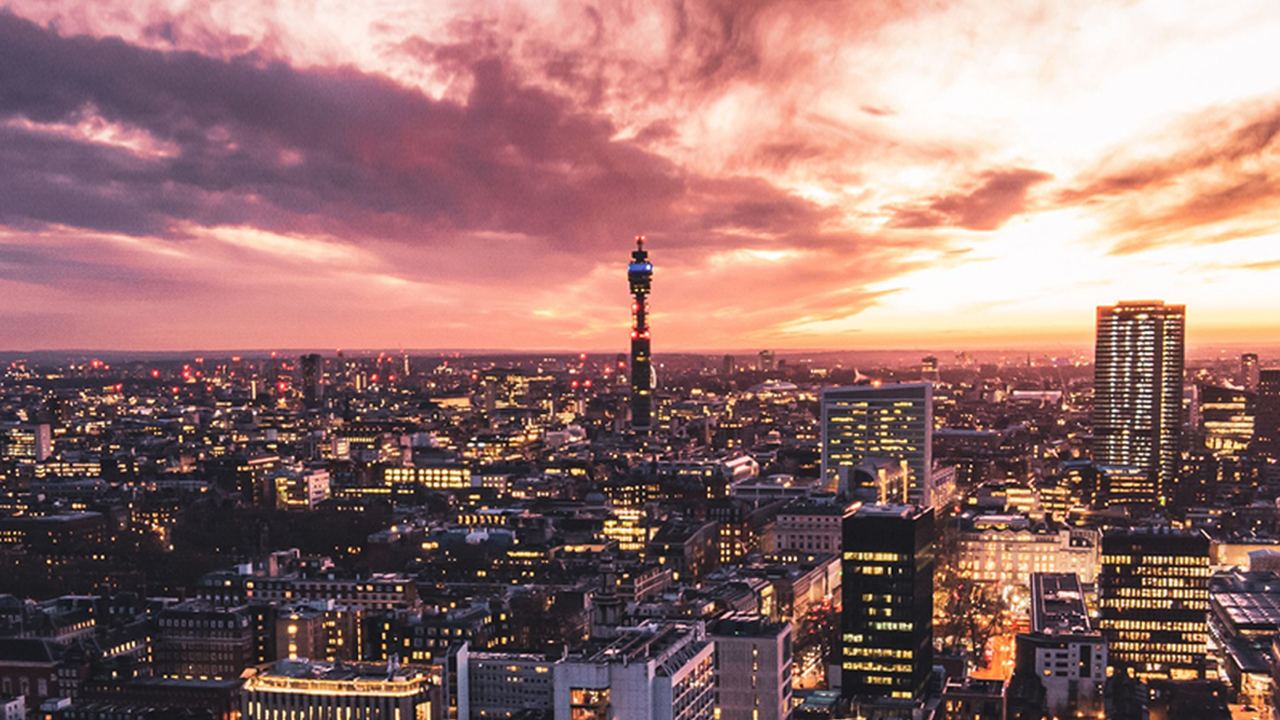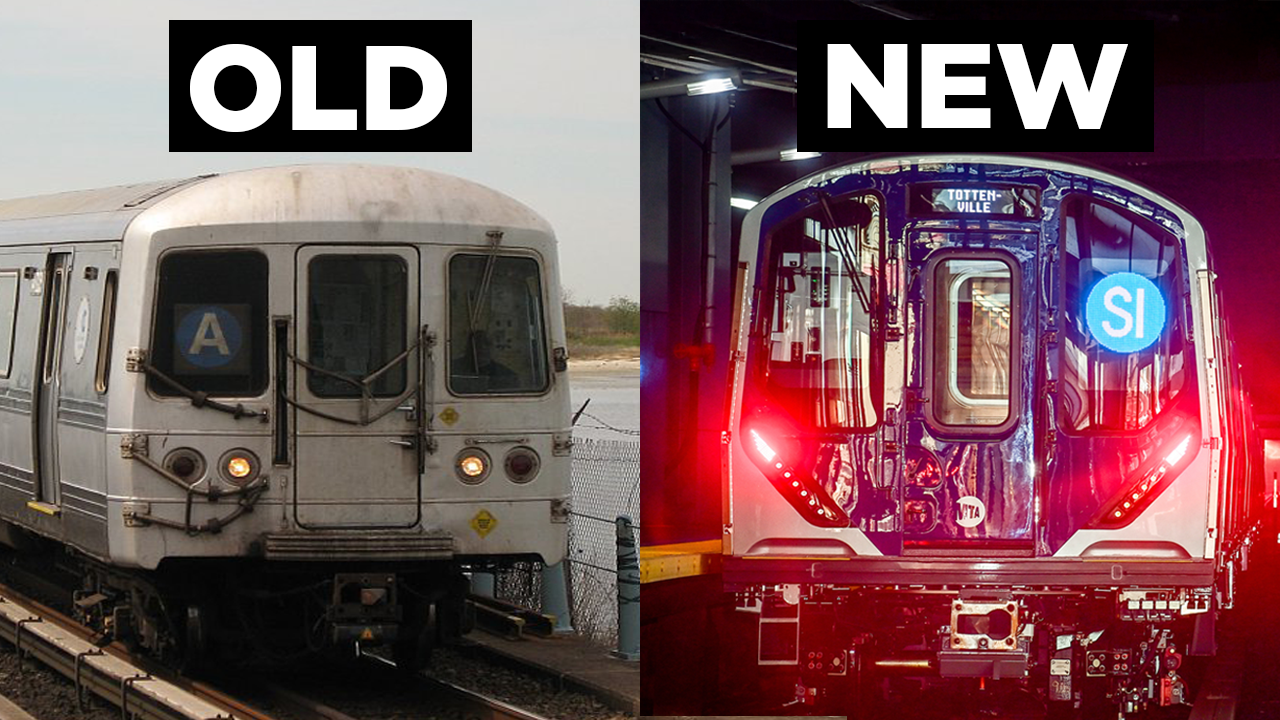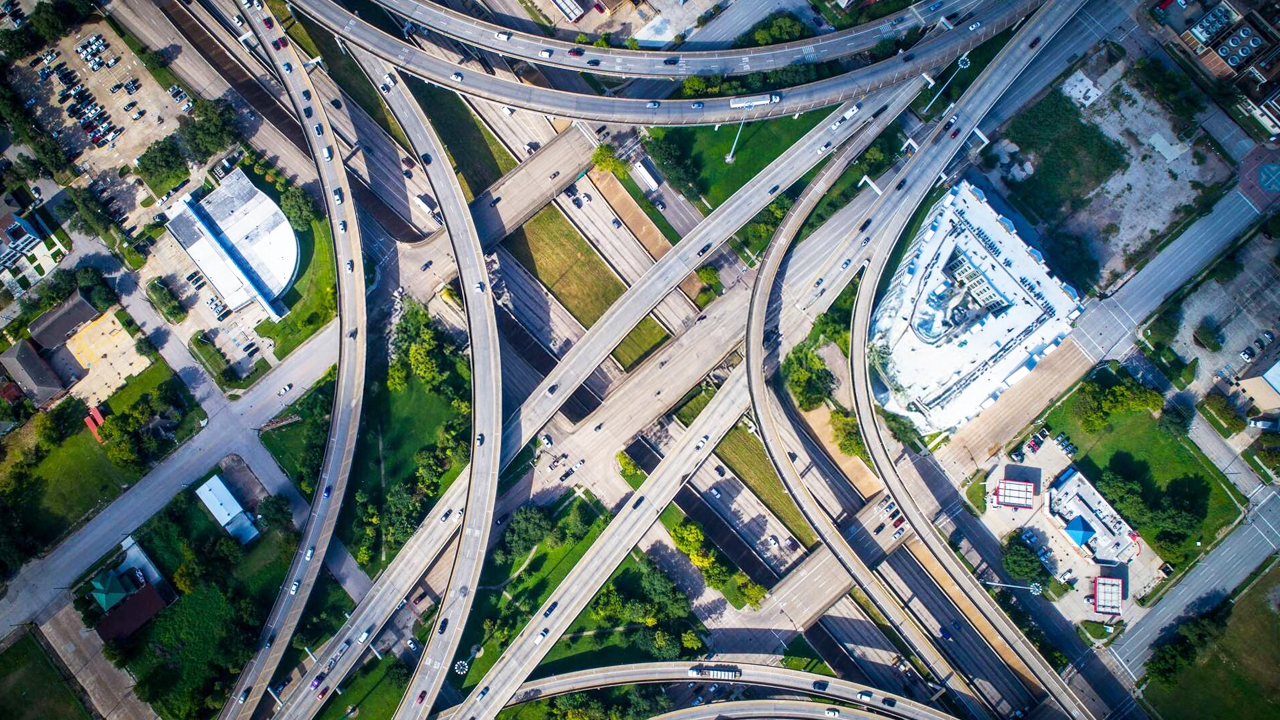The Baltimore Bridge Disaster Was Avoidable
- Youtube Views 997,506 VIDEO VIEWS
Video narrated and hosted by Fred Mills. This video contains paid promotion for Brilliant.
IN MARCH 2024 a bridge that most people around the world had never heard of made global headlines.
The Francis Scott Key Bridge in the US city of Baltimore had collapsed into the Patapsco River after being struck by a cargo ship.
It was an incident that sadly ended in tragedy, with several fatalities and the loss of a critical piece of American infrastructure.
Since then, the pressure has been mounting to rebuild the Francis Scott Key Bridge as quickly, and as safely, as possible.
But how's that being done in a country where thousands of other bridges have similar flaws?
Is this a wake-up call for the US, and if so, how can this vital structure be replaced in a way that ensures this kind of disaster never happens again?
East Side Story
Baltimore is a city known for its seafood, historic harbour and national aquarium.
So, all things to do with water, and when you look at where it actually is you can see why.
Located between Washington and Philadelphia on the US east coast, Baltimore sits at the mouth of the Patapsco River.

Above: The Patapsco River feeds Chesapeake Bay — the biggest estuary in the country.
In other words, a lot of water flows through here, which explains the multiple bridges and tunnels that have been built across the river over time.
Construction of the biggest crossing by far, the now-infamous Francis Scott Key Bridge, began in 1972 and took five years.
Long Stretch
Designed with a total length of 2.6 kilometres, it became the world’s third-longest continuous truss bridge. That's where the truss — the load-bearing superstructure — extends across three or more supports without any hinges or joints.
“It was very much of its time. An economic solution [with] a 366-metre main span. It was a pretty stretchy span at the time — in the 1970s,” said Ian Firth, a bridge designer and structural engineer whose past projects include the Ting Kau Bridge in Hong Kong and Copenhagen’s Inner Harbour Bridge.
“Nobody could envisage at that point the kinds of ships we now have travelling around the planet. So, you know, given the size of the ships, the size of the port, and everything else, it was an appropriate solution.”

Above: The Francis Scott Key Bridge under construction in the '70s.
By 2020, the Key Bridge was carrying around 11.5 million vehicles every year as part of Interstate 695, but that all changed in the early hours of 26 March four years later, when disaster struck.
A huge container ship called the MV Dali, which weighed 116,000 tonnes and had just left the port, suddenly lost power.
With the crew unable to control it, the vessel careered into one of the bridge’s supports, causing a huge section to collapse immediately.
The consequences were devastating — six construction workers repairing the road on top of the bridge were killed.
The Wider Impact
The shipping channel was shut down for 11 weeks, too. As a result, the Port of Baltimore had to close, which led to massive supply chain issues and huge amounts of goods having to be diverted elsewhere.
And we’re not talking small stuff here; it’s ranked number one in the whole of the US for importing and exporting vehicles.
In 2023, almost 850,000 cars and trucks flowed through here; just one year later, this major trading hub was at a standstill.
Due to the scale of the cost, one thing became clear — this catastrophe, which unfolded in a matter of seconds, required an equally fast response.

Above: The stricken MV Dali surrounded by wreckage of the bridge. Image courtesy of U.S. Navy / Lt. Jason Showmaker.
US President Joe Biden pledged to “move Heaven and Earth to rebuild this bridge as rapidly as humanly possible, and we’re gonna do so with union labour and American steel.”
What has the plan been to achieve this? Well, before any work could start on this new bridge, a major job had to begin first — disposing of the old one.
It was no simple task. Around 50,000 tonnes of wreckage had to be pulled from the river as part of the clean-up. Specialised cranes were brought in to remove the biggest pieces.
But for the bits that were too much even for these machines, controlled explosives were used to break them up.
One piece that had to be dealt with this way was a large truss section that fell onto the ship itself.
After this was cleared away, the vessel was refloated and attention turned to what would fill the gap left behind.
The Replacement
So, what will the new bridge look like? Well, we don’t know for sure yet, but some ideas have already been put forward.
Webuild, the Italian design and construction firm, teamed up with architect Carlo Ratti and structural engineer Michel Virlogeux on a concept for the new bridge.
Their suggestion was to make it a cable-stayed bridge with a much greater height and wider span than the previous one.

Above: Webuild's design envisioned a bridge with a 65-metre height and length of around 700 metres. Image courtesy of WeBuild / Carlo Ratti Associati / Michel Virlogeux.
This would create extra space for ships to pass through and the supports — also known as piers — would go in shallower water where the vessels can’t reach.
A design such as this would make the new bridge far better suited to the needs of today, as vessels are now a lot larger than they were in the 1970s.
That explains why the protection that was in place around the supports did little to stop the Dali — they weren’t designed to stop ships that simply didn’t exist back then.
“One of the big problems with the old bridge was its narrow span. 366 metres was just not long enough,” Firth said. “And it meant that the piers were in water that was deep enough for the ship to get to it. So, there’s no doubt that the replacement bridge would have a longer span.
“It would also be higher because the navigation clearance in the old bridge is only 56 metres. It’s nothing like high enough for modern day vessels. We would be designing for 65 or 70.”
Staying The Course
OK, but why make it cable-stayed? Because this is one of the best ways to build a bridge with a long span in today’s world.
Instead of trusses and supports that run all the way across, it requires just two towers to be constructed for the middle section.
These are then attached to a series of cables. Their job is to take the tension of the deck, while the towers bear the actual load.

Above: Cable-stayed bridges can also be built quicker, and often cheaper, than other options like suspension bridges.
“A cable-stayed bridge of something like 700 metres is very much in the middle of the range of what cable-stayed bridges can do. It’s an economic use of that kind of bridge,” Firth explained.
“It seems to me to be the right sort of solution — the key thing being getting the supports out of the danger zone.”
Moving those supports as far away from these vessels as possible sounds very sensible, but what about strengthening the protection around them?
The Key Bridge was obviously vulnerable to large collisions, so surely its replacement will be better defended?
Time For Reinforcements
Well, that is the idea. Shortly after the collapse, officials from the Maryland Department of Transportation said the new one is set to have significantly more pier protection.
To get a feel for what that might actually mean, we asked Ian what safeguards are typically found on bridges that were built more recently.
“Even having got the span long, you’re still going to have to deal with the unlikely but possible scenario of a ship for whatever reason going outside the channel and hitting a bridge structure,” Firth said.
“So yes, we provide some kind of vessel impact protection, whether that be an island around the pier — so a ship will ground on the ‘beach’ before it hits the pier.
“Or you have what we call dolphins. It’s basically a structure in the water which is sacrificial. It hits that and not the bridge, and that is standard practice now.”

Above: Examples of 'dolphins' on the Sunshine Skyway Bridge in Florida, which also had to rebuilt after a collapse. Image courtesy of Apelbaum / CC BY-SA 3.0.
The Key Bridge did already have four of these, but they were either not strong enough, or there needed to be more.
Now, we should reiterate these are only theories of what the new bridge will offer, and how it could provide better protection. The actual design is still yet to be revealed.
But most of the other big questions have been answered. We know the estimated cost: USD $1.7BN; it will need to be completed by October 2028 at the latest and the company in charge of making it happen has now been chosen.
The Winning Bid
Omaha-based Kiewit was awarded a $73M contract for Phase One of the project in August.
Phase One covers the design of the new bridge, while Phase Two — which Kiewit has exclusive negotiating rights for — involves the actual building of it. Renderings of a preliminary design are expected later in 2024.
It’s also hoped that it will be entirely federally funded — another pledge made by the president during the aftermath.
Usually, the federal government only pays 90% when interstate highways and bridges have to be rebuilt following a disaster, with the state picking up the rest of the bill.

Above: President Biden held a press conference in Baltimore days after the disaster. Image courtesy of US Coast Guard / Brandon Giles.
Which is another sign of just how important replacing the Francis Scott Key Bridge has become to the US.
And yet, what it’s also done is raise fears about other bridges around the country. Could there be more out there with similar vulnerabilities?
Critical Condition
There are 17,468 fracture-critical bridges in the United States out of 615,000 bridges total.
Fracture-critical is where a bridge is built without structural redundancy in place, which means if just one key piece of the structure is taken out, it could lead to a partial or full collapse.
Most of those bridges were built between the 1950s and ‘70s, during construction of the Interstate Highway System.
So, how much of a red flag is this for the US, and could we soon see a programme of bridge upgrades to bolster those older structures?
“I believe it’s pretty well known that US infrastructure is fairly poor in many places. There are a lot of bridges which need a lot of attention,” Firth said.
“And when something like this comes along, which clearly becomes a priority for whatever funds are available — if they start spending money on this it means they’re probably not going to be spending money elsewhere. And it’s a big problem. It’s a big challenge.”

Above: Thousands of other bridges across the country have fracture-critical status.
The reality, then, is it won’t be as straightforward as making every bridge indestructible straight away, and it’s important to add that fracture critical doesn’t necessarily mean unsafe.
But the Key Bridge tragedy has certainly caused a scare among the people who make those decisions, and lessons will have definitely been learned.
The Bigger Picture
It may have had its flaws, but there are several reasons why the destruction of this one bridge made shocking news.
Not only were lives tragically lost in this terrible accident — and we should point out that an FBI investigation into the incident remains ongoing. It was also something most people would never expect to happen here, despite the risks being there in plain sight.
But hopefully some good can come out of it — a bigger, better bridge for Baltimore, but perhaps also a much-needed warning for the entire nation and its infrastructure.
This video and article contain paid promotion for Brilliant. To try everything Brilliant has to offer for free for a full 30 days, visit https://brilliant.org/TheB1M/ you’ll also get 20% off an annual premium subscription.
Video narrated and hosted by Fred Mills. Additional footage and images courtesy of Al Jazeera, ABC7, Anthony Guas, Apelbaum / CC BY-SA 3.0, Carlo Ratti Associati, Charles Delano, Claudio Giugliano, David Gray, Dharrah87 / CC BY-SA 4.0, Economic Times, 5NEWS, Michel Virlogeux, National Transportation Safety Board, Queen of Hearts / CC BY-SA 4.0, Ronald Hodges, Theodore Lee, US Army Corps of Engineers, US Coast Guard, US Customs and Border Protection, US Navy, WAVY TV 10, WBAL-TV 11 Baltimore, Webuild and WRAL.
We welcome you sharing our content to inspire others, but please be nice and play by our rules.








